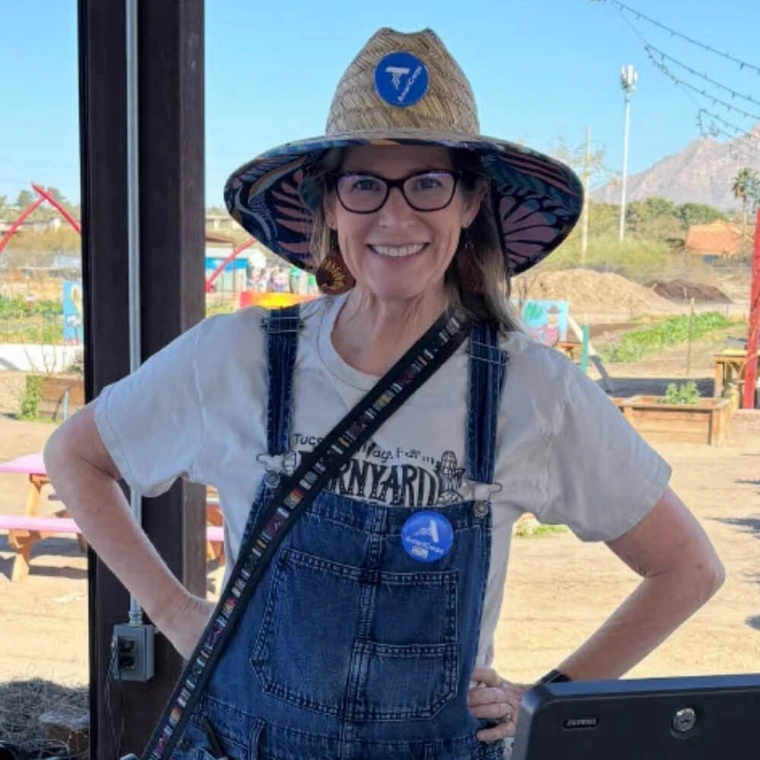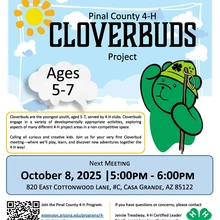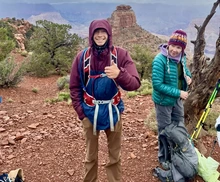4-H
Assistant Agent, 4-H Youth Development
Carey Cunningham-Scott
Culinary Education Coordinator, Tucson Village Farm
Handout
Authors
James Sprinkle
Publication Date: August 2014 | Publication Number: az1054 Download PDF
Large frame steers weigh from 1200 to 1400 pounds at finish weight, while medium frame steers are only around 700 pounds. This publication discusses how to select and feed a steer in order to get it to its' desired weight.
Handout
Authors
James Sprinkle
Publication Date: August 2009 | Publication Number: az1053 Download PDF
As a general rule, lambs are not purchased until they are at least 8 weeks old and exceed 40lbs. in weight. The lamb should gain an average of .5 to .8 lbs. a day. This publication discusses how to feed a show lamb according to its nutrient needs.
Pagination
- Page 1
- Next page







